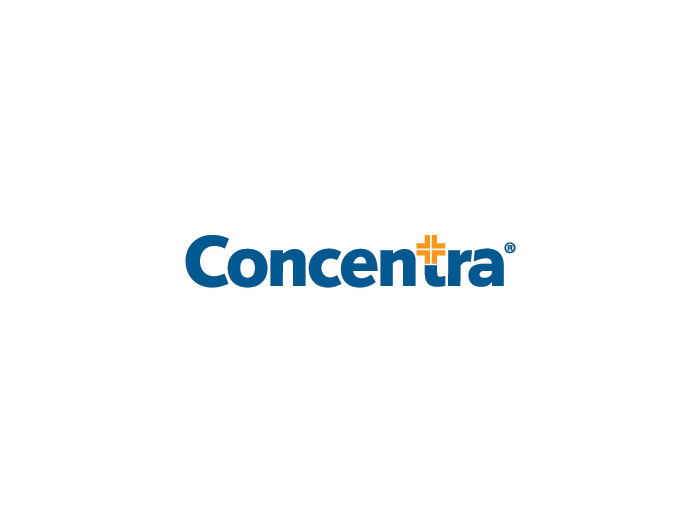Risk Insider: Jack Hampton
Colleges that Don’t Adapt to Modern Needs Face Bankruptcy
When I moved to Connecticut in the 1990s, I visited a factory that manufactured the PowerLock tape measure. The site was New Britain, with an official nickname “Hardware City” reflecting a history as a manufacturing center. It was the headquarters of The Stanley Works.
Everybody was patiently waiting for the rebound of manufacturing that would bring back jobs. It never happened. New Britain would never again be the center for manufacturing hammers, screwdrivers, and the ilk.
The Connecticut refusal to acknowledge that the world had changed caused the state to linger years behind the rest of the country overcoming an economic recession. Recovery happened only when the state accepted technological and economic realities and went in new directions.
Higher education faces a similar challenge today. For the majority of colleges and universities, the traditional model is broken in at least four areas:
- The academic culture is largely isolated from the realities faced by parents, students, politicians, and society.
- Professors are languishing in a career field where they struggle on all sides.
- Too many courses and teaching methods are on life support.
- The role and value of academic research is problematic.
And according to a recent opinion piece in the New York Times, paying for a college education for many may not be a wise investment.
This is a serious risk management situation, at least as seen by Harvard professor Clayton Christensen. He predicts bankruptcy or forced merger of half of all U.S. colleges and universities in the next 10 years.
Bankruptcy just happened to Mount Ida College in Massachusetts. The former finishing school for girls founded in 1899 lost its way. It is closing and will be taken over by a public university. Some 1,500 students have to scramble to finish their degrees. Hundreds of professors and staff are losing their jobs.
Massachusetts Attorney General Maura Healey also thinks this is a serious risk management issue. She just launched an investigation into the behavior of senior administrators at Mount Ida. Did they violate fiduciary obligations when they abruptly announced the closure of the school?
For the majority of colleges and universities, the traditional model is broken in at least four areas.
The attorney general raises a serious question. Every year around the time of the RIMS annual meeting, I ask myself the same question. When will colleges and universities recognize the real risk that faces them? The answer is always the same. Not yet.
We might look to Sweet Briar College to see the future. In 2015, the all-women liberal-arts college in Virginia cited declining enrollments and “insurmountable” financial challenges as the reason it would shut down. Subsequently, more than 700 alumni rallied with current students in support of continuing operations. The Board reversed the decision and began efforts to keep the school in operation.
Recently, Sweet Briar published details on its curricular and academic changes. It will cut in half the number of major programs and shift the curriculum to courses that better reflect student academic interests and careers. Topics will address sustainable systems, leadership, persuasion, and decision making in a data-driven world.
The actions have harsh realities. Faculty members who failed to change will lose their jobs, even as new teachers will be hired with the skills needed to fulfill adjusted learning goals.
Mount Ida and Sweet Briar bring us back to Connecticut. Are we waiting for students and parents to buy our hammers? If that is not likely, we need to change. The time is now. The place is here. The path is visible. Colleges that fail to address needed change are in mortal danger. So are many of their professors.










